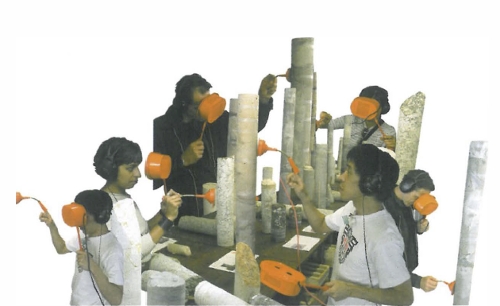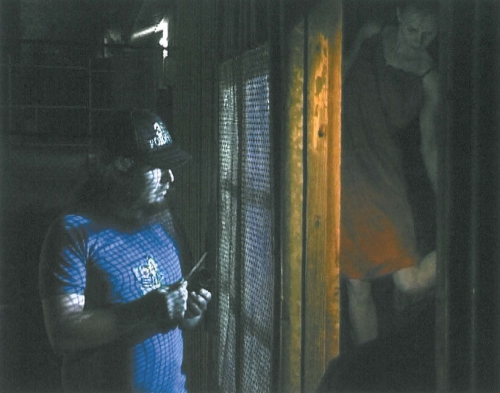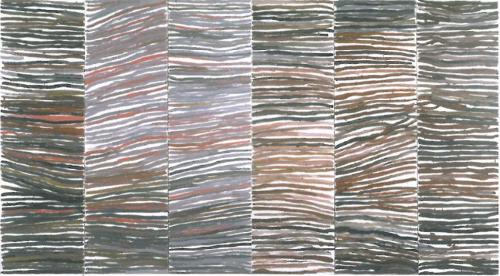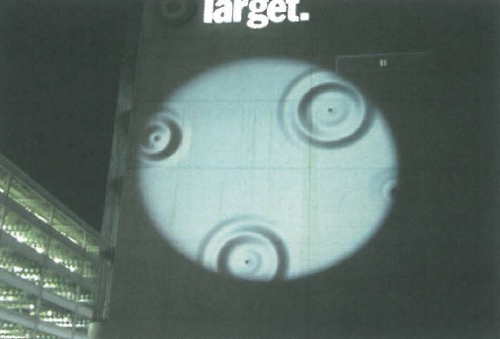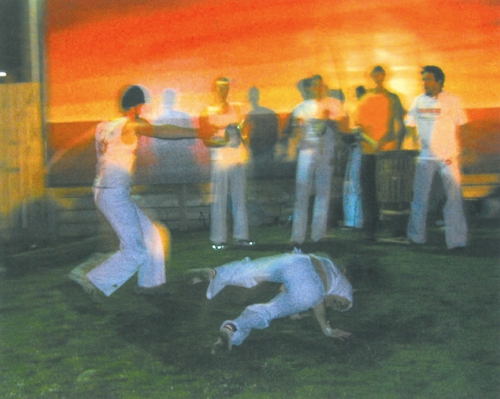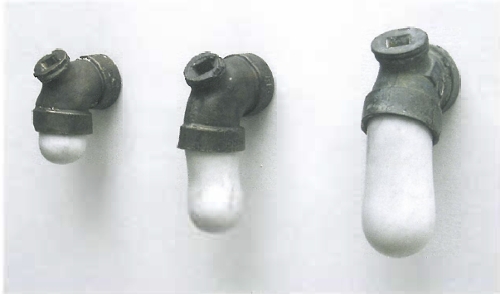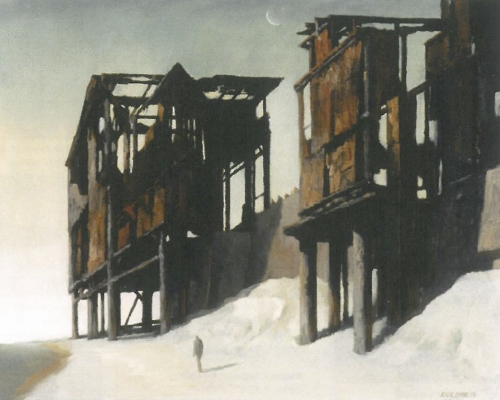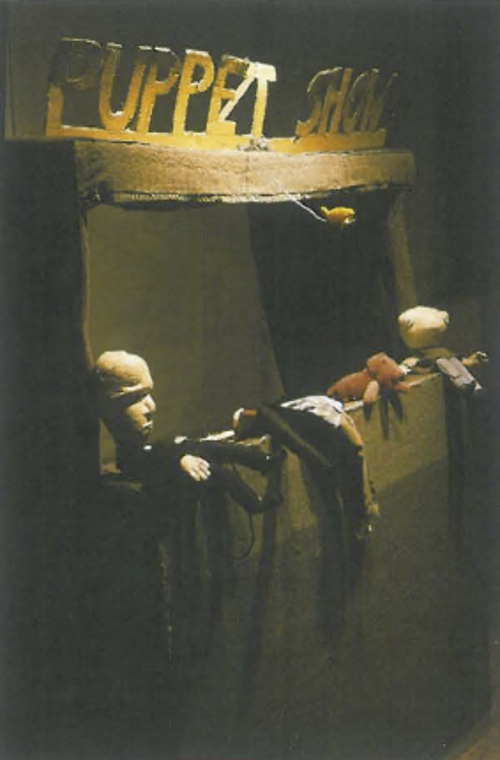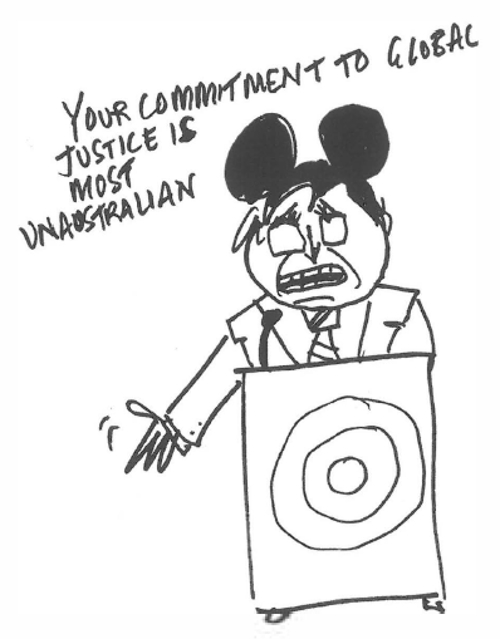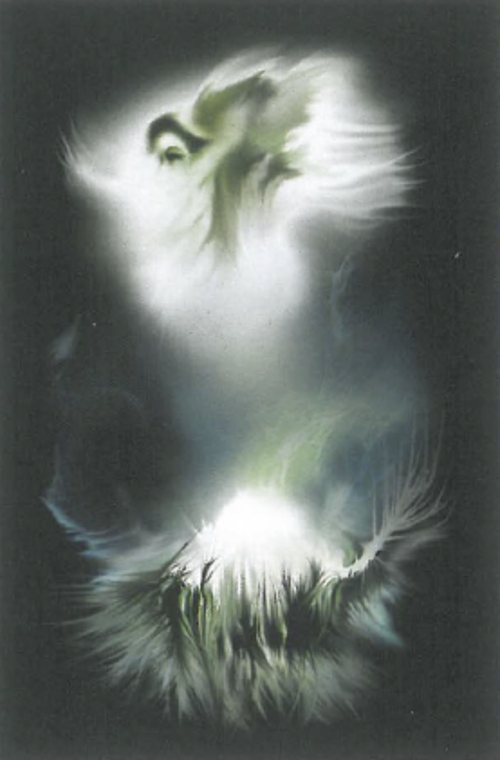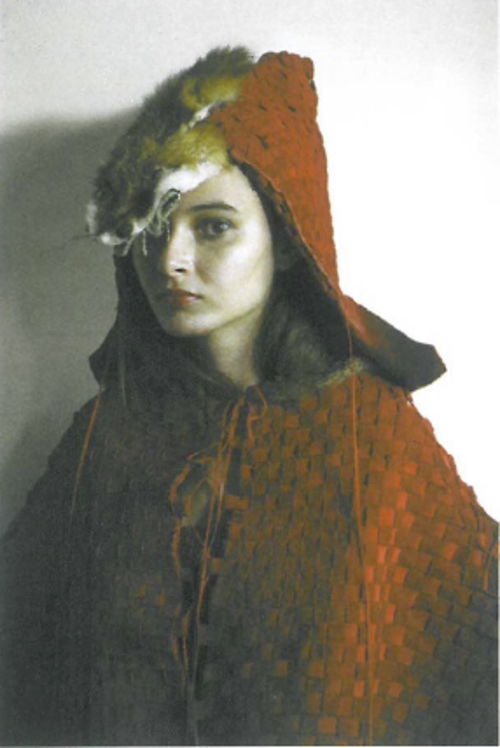SenseSurround: Empathy Between Human and Machine
The artists featured in ACMIs latest exhibition of new media work, SenseSurround, both use and develop cutting edge audio/visual technology to enhance sensorial experience for the spectator. The idea was to use the film soundtrack to trigger massively boosted low frequency signals, below the audible threshold, in the theatres. This would cause vibrations of the ear-drum and the body of the spectator and provide the sensation of earth tremors.

